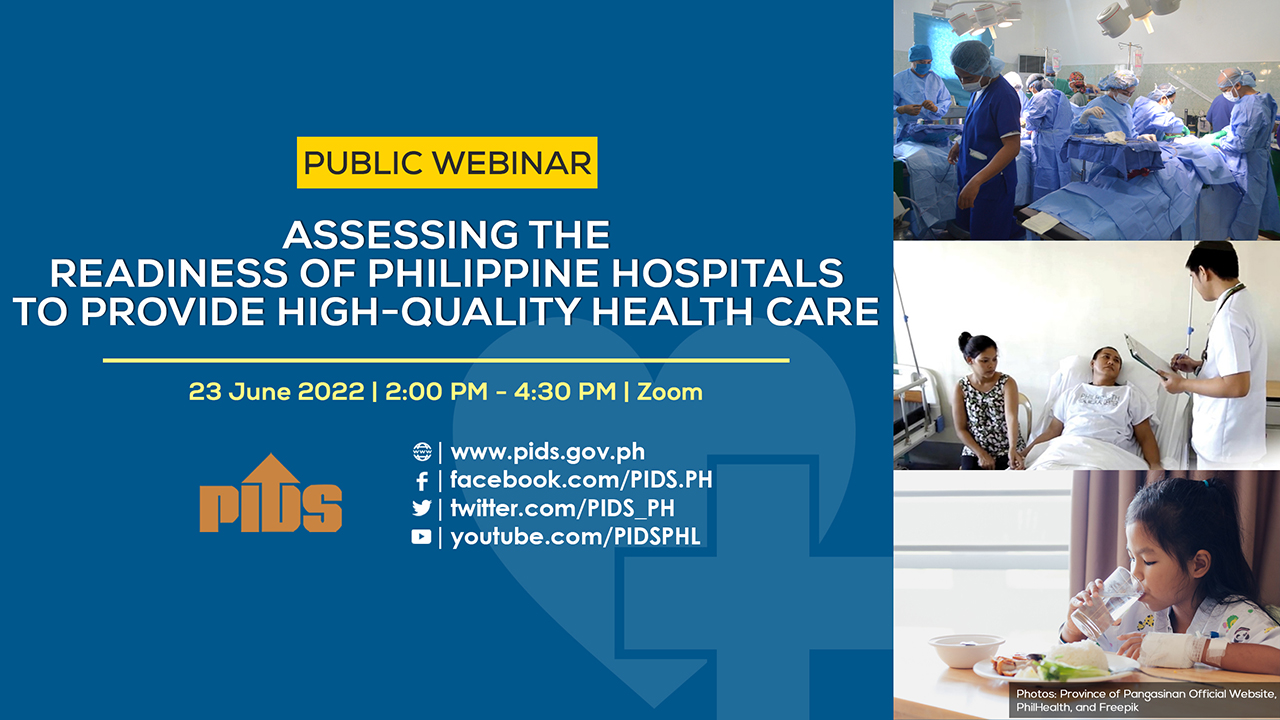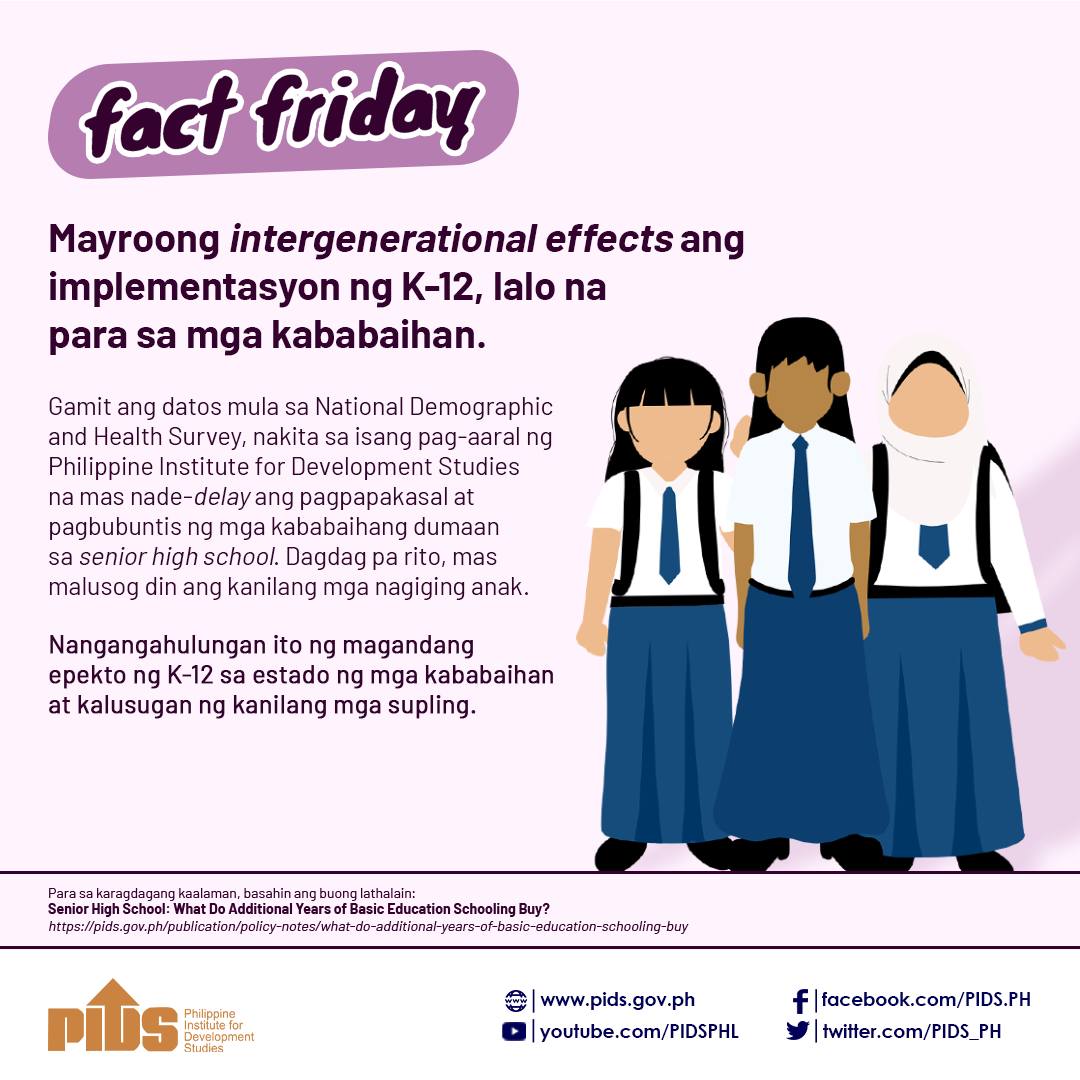Liberalization will help address the competition concerns hounding the Philippines’ sugar industry, which is keeping the prices of the sweetener high.
In a forum organized by Philippine Competition Commission (PCC), Roehlano Briones, a senior research fellow at the Philippine Institute for Development Studies (PIDS), has called for competition reforms in the local sugar industry, which is highly dominated by local players.
For one, he called for the liberalization of the importation of raw and refined sugar at the ASEAN Trade in Goods Agreement (ATIGA) and Most Favored Nation (MFN) rates.
“The largest [competition] issue is that the competition is just in the domestic level. There are unrealized opportunities to further drive the prices down to a competitive level,” Briones said.
He also mentioned how sugar planters have limited choice in terms of choosing where to have their produce milled.
“There is one mill serving thousands of planters,” Briones said. “Planters face limited choice owing to the distance from other mills”.
Based on estimates, there are only 28 sugar mills and 13 sugar refineries in the country as of 2019, while there are close to 700,000 Filipinos directly employed in sugar production and about 5 million to 6 million indirectly employed.
Of the country’s total sugar production, 73 percent is coming from Visayas.
At present, 50 percent of the domestic output goes to industrial users like beverage manufacturing firms, while 32 percent and 18 percent go to households and institutional buyers like bakeries and restaurants, respectively.
Sugar Regulatory Administration (SRA) data show that as of May 26, the average wholesale price for raw sugar stood at P1,835 per 50-kilogram bag, which is higher compared to the price of P1,741.33 per 50-kg bag in September, the start of the current sugar crop season.
As for refined, the average wholesale price went up to P2,350 per 50-kg bag from the September 2020 price of P2,151.45 per 50-kg bag.
The retail price for raw sugar, on the other hand, stood at P46.86 per kg (/kg) to P44.79/kg as of May 26, compared to its average price P44.68/kg to P47.61/kg in September last year.
This, while average retail price of refined sugar stood at P52.93/kg to P54.50/kg, compared to its September 2020 price of P52.51/kg to P54.71/kg.
In April, the US Department of Agriculture’s (USDA) Foreign Agricultural Service (FAS) here in Manila (Post) said the possibility of the government opening up the local market to more imported sugar remains to be one of the major factors why the country’s local sugar production is seen not improving this year or in the next years to come.
This, among other things, caused Post to revise its outlook on the Philippines raw sugar production for the current crop year from 2.2 million metric tons (MT) to 2.1 million MT.
“Low productivity remains an issue amid the continued discussion of trade liberalization,” Post said.
“Stakeholders believe that the proposed trade liberalization would place significant challenges on the sugar industry, which is not yet equipped to face open competition,” it added.
The Philippines’ sugar crop year starts in September and ends in August of the following year.
According to Post, factors limiting the growth of the Philippines’ sugar production include the slow decline in sugarcane area and low farm productivity, particularly in areas outside Negros Island that pull down the national average.
Climate, too, will remain a major factor as drought or too much rain have an adverse effect on production, while there is the possibility of crop diversification as some farmers may decide to shift to more profitable options.
In 2019, supporting local sugar industry players, the Senate issued a resolution stating that the deregulated entry of subsidized sugar into the Philippine market will be disastrous to the local sugar industry, which currently contributes an estimated P96 billion to the Philippines’ gross domestic product (GDP).
Absence of competition keeps PH sugar prices high











